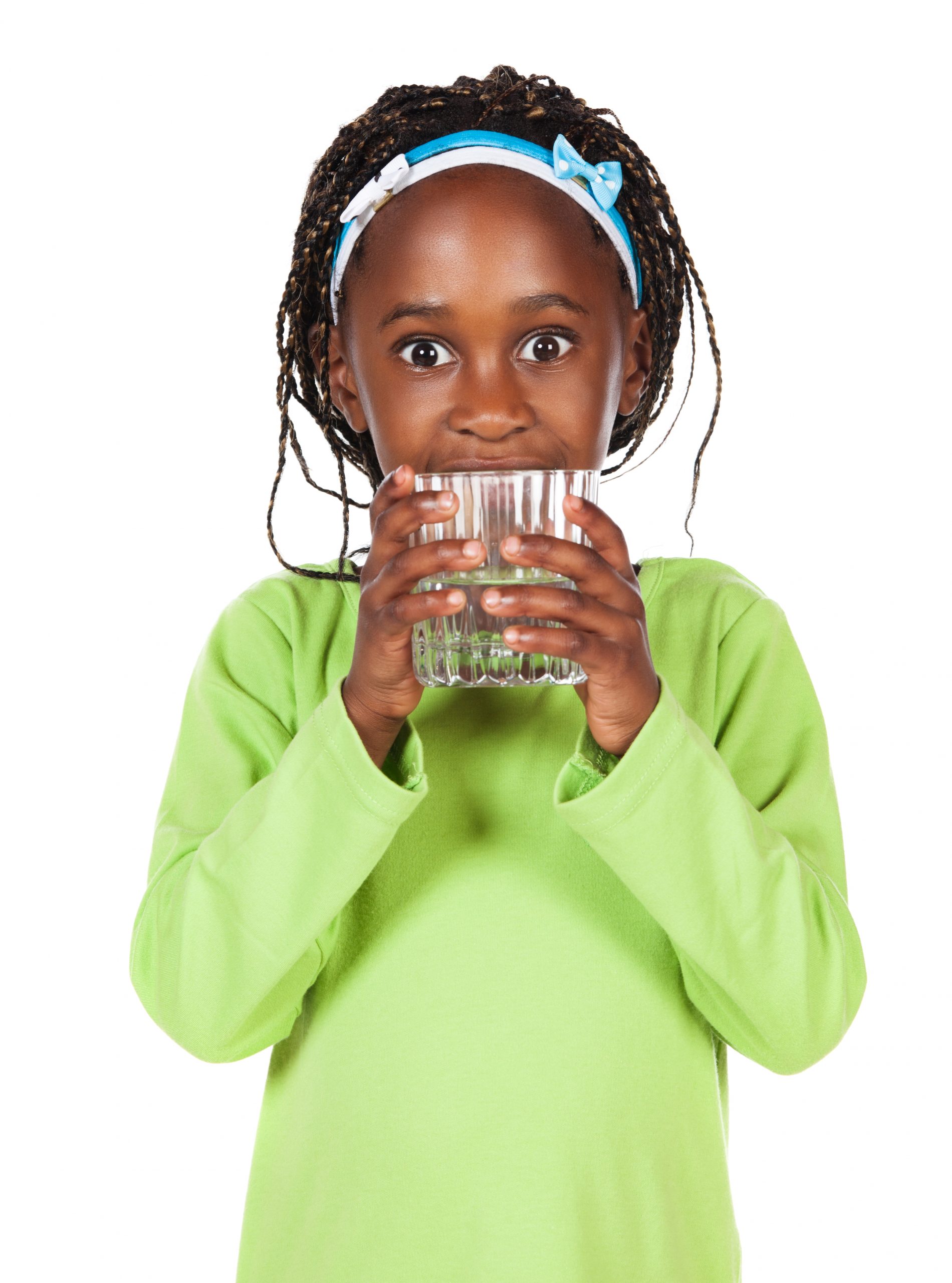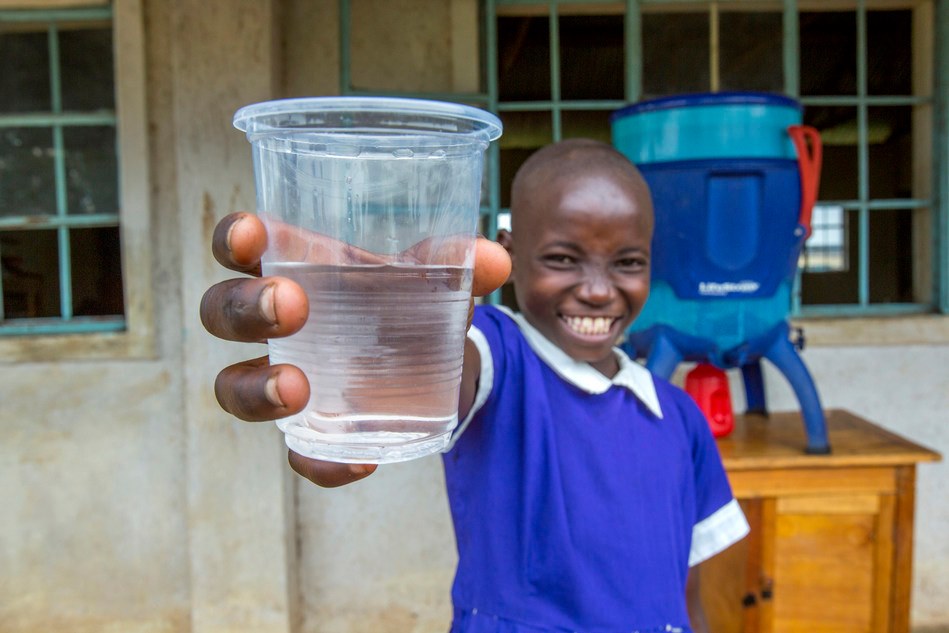If our urine colour strays into darker tones and starts to become noticeably odorous, there’s a good chance you have allowed yourself to get dehydrated. In such situations, drinking more water generally improves energy levels and sense of wellbeing within about half an hour





